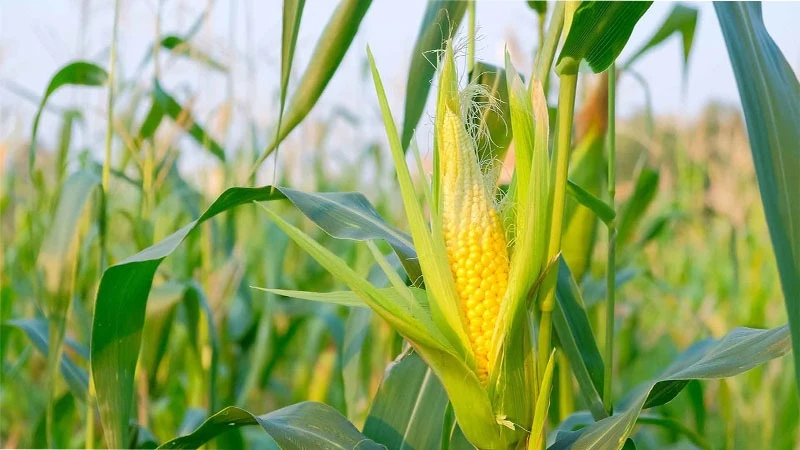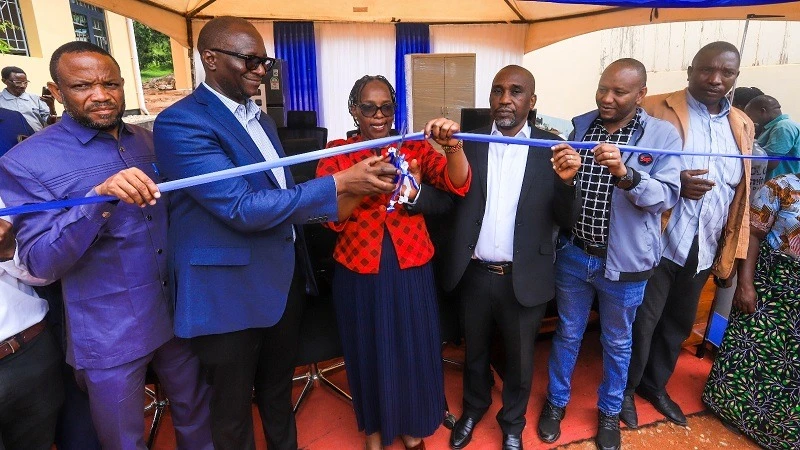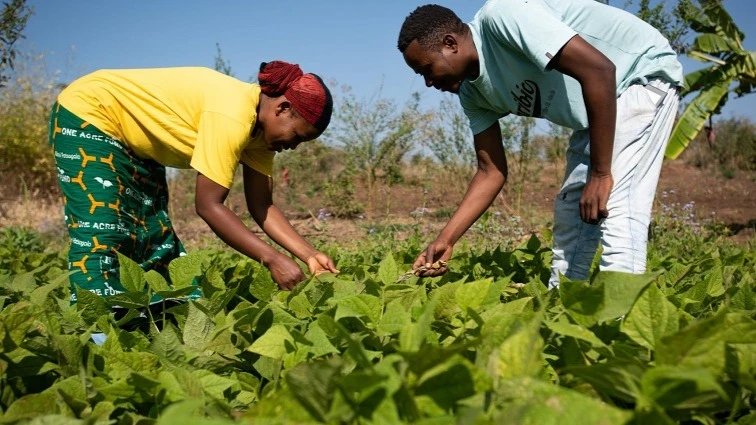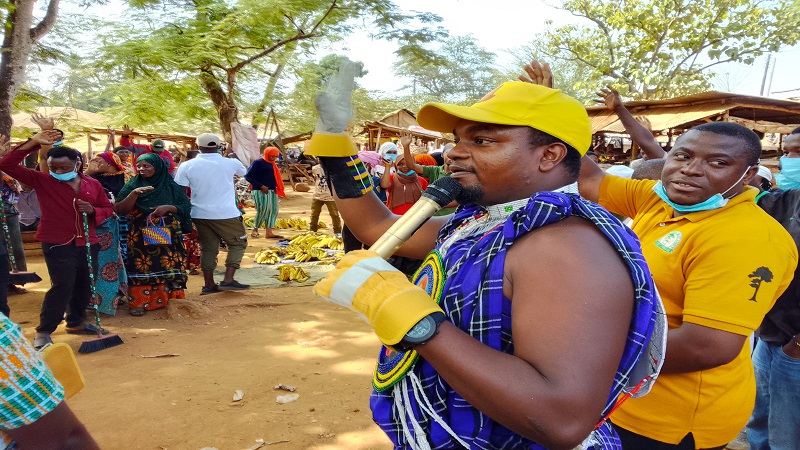Tanzanian maize ‘not posing regional threat’

MAIZE grain seeds from Tanzania do not pose a risk of transmitting viruses causing ‘maize lethal necrosis disease’ (MLND) in the region, the regulatory authorities affirm.
Prof. Joseph Ndunguru, The Tanzania Plant Health and Pesticide Authority (TPHPA) director general, made this declaration in an updated report on the occurrence of the disease and its associated viruses.
The TPHPA in its latest findings in the March 2024 report made available here yesterday says that the authority has undertaken extensive research in the field and in maize grain seeds in all maize growing regions.
“We decided to conduct thorough studies to satisfy ourselves that the country’s grain consignments are safe,” he explained, noting that maize is an important food and income earner for rural and urban dwellers in Tanzania.
Farm productivity for maize in Africa can be affected by diseases like MLND, he said, elaborating on measures since the first report on the occurrence of MLND in Tanzania.
MAIZE grain seeds from Tanzania do not pose a risk of transmitting viruses causing ‘maize lethal necrosis disease’ (MLND) in the region, the regulatory authorities affirm.
TPHPA conducted monitoring surveys to establish the areas affected by the disease and identify the respective viruses, which became a comprehensive survey on the disease.
The survey was conducted on a zonal basis, namely lake zone (Mwanza, Kagera, Shinyanga, and Mara), northern zone (Kilimanjaro, Manyara, and Arusha) southern highlands zone (Ruvuma, Njombe, Iringa, Rukwa and Katavi), central zone (Dodoma and Singida), western zone (Tabora) and the eastern zone (Tanga and Morogoro), he said.
MLND variant, Zea mays L, is caused by a combination of maize chlorotic mottle virus, like any of the cereal viruses in the potyviridae group including sugarcane mosaic virus, maize dwarf mosaic virus, maize mosaic virus and wheat streak mosaic virus, he specified.
The reverse transcription polymerase chain reaction (RT- PCR) method was used for detection of these viruses in the field-collected samples and from maize grain seed samples collected from the Malawi-Tanzania border at Kasumulu towards the end of last year, he said.
“Laboratory analysis of the samples did not detect any of the viruses from the maize grains as well as the field samples from the major maize producing regions in Tanzania,” the director added.
Top Headlines
© 2025 IPPMEDIA.COM. ALL RIGHTS RESERVED






















